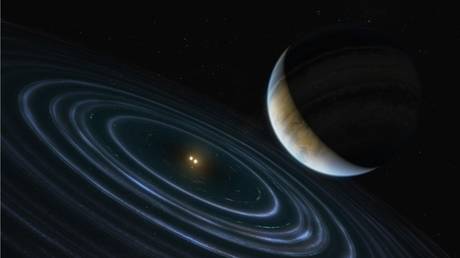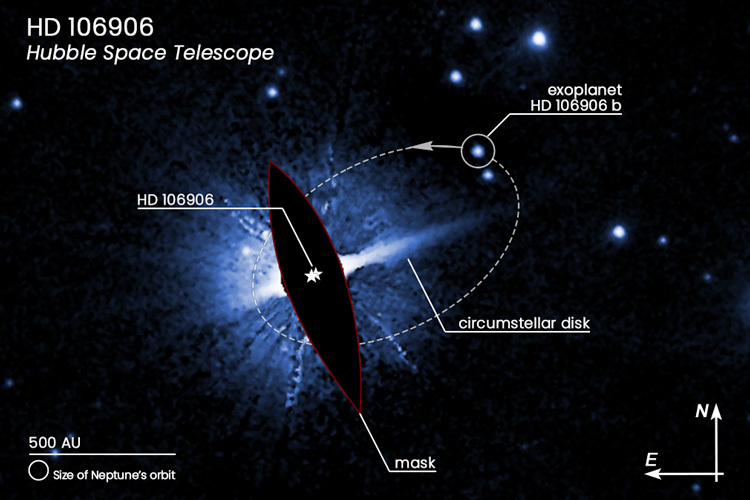
Astronomers have found a distant exoplanet some 336 light years from Earth, which they believe may unravel the mystery of the oft-rumored, but never seen, Planet Nine, suspected of inhabiting the outer fringes of our solar system.
The so-called Planet Nine is believed to be found somewhere far beyond Neptune, in a highly eccentric orbit which has run rings around the scientific community, disturbing objects in the Kuiper Belt but leaving few clues as to its exact location.
If it does in fact exist, according to some estimations, planet nine would be roughly 10 times the size of Earth, making the planetary puzzle even more frustrating for astronomers, given how immense the object is supposed to be.
However, using data and images from some of Earth’s most powerful telescopes and observatories, including the Hubble Space telescope and the European Space Agency’s Gaia observatory, astronomers have tracked a distant object which may finally allow scientists to hunt down the elusive exoplanet on our galactic doorstep.
The extrasolar planet, HD 106906 b, was found far from its star, HD 106906, in 2013, en route to the constellation Crux, and is the only planet with such an extraordinarily wide berth from its star that humanity is aware of.
It is believed to be up to 11 times the mass of Jupiter, hanging out above the dust plane of its planetary system while awkwardly tilted at an angle of about 21 degrees.

Researchers tracked the planet’s position over the course of 14 years to see whether it is still bound to its star or is slowly making its way to the celestial exit and out of its star system.
Based on their tracking data, they concluded that the planet is likely bound to its star in an extreme 15,000-year orbit, providing a faint glimmer of hope that the so-called Planet Nine may behave in a similar fashion.
Questions remain, however.
“…[H]ow did these planets get out there to such large separations,” said Meiji Nguyen, a recent UC Berkeley graduate and first author of the paper. “Were they scattered from the inner solar system? Or, did they form out there?”
According to senior author Paul Kalas, University of California, Berkeley, the research findings indicate that distant planets like the mythical Planet Nine can and do exist, and likely form within the first tens of millions of a star’s life, possibly having been ripped away by another passing star.
“Something happens very early that starts kicking planets and comets outward, and then you have passing stars that stabilize their orbits,” he added.
Based on comparisons between the recent Hubble observations and astrometric data from the European Space Agency’s Gaia observatory, the researchers now believe a possible Planet Nine was bullied out of our inner solar system by the giant planets at which point it may have been dragged even further away from the sun by a passing star.
The search continues but at least there is more evidence that it actually exists and that the hunt for Planet Nine isn’t some form of galactic wild goose chase.
Like this story? Share it with a friend!




